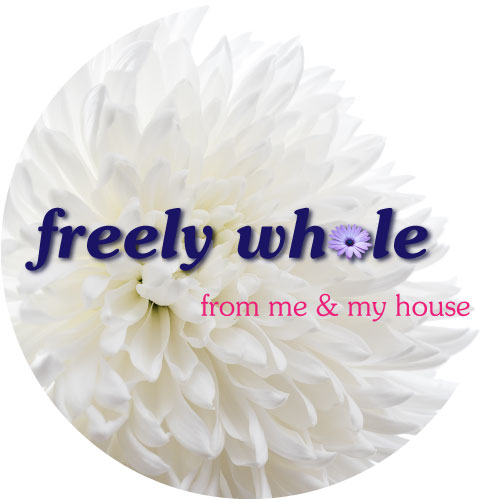The last two weeks I’ve been buried in our lessons, and books, books and more books. I love it! Although my eyes have begun to go a bit buggy. 🙂 And it means I have to back date this post, so I can post another for this week. But I want to do that, as I have a great idea we used that I want to share with you.
We’ve lingered a bit longer on these last 2 terms because this time period is SO rich in literature. We’ve been studying the early 1800’s including the beginning of modern missions and the expansion of America. But this is also a time period when America’s literature was born, and great or enduring literature was produced throughout the western world.
English Literature (outside of America) began our studies last term, as England/Scotland somewhat set the tone for our own. Yet, American Literature is still very distinct in style. Our nation was becoming its “own person”, individual, apart from the “mother country”, at this time after gaining our freedom. Much as I wanted to just jump into OUR literature, I had to set the stage.
Authors
Sir Walter Scott was our focus our first term, as we love him. I wish I’d thought ahead, and ordered the syllabus written by F.A.C.E. before we did this topical study. We may have had a been more in-depth study that way. But I didn’t, so we did what we did. My children all LOVE Ivanhoe. We had to watch the movie AGAIN. And we looked at paintings that Eugene Delacroix (one of our artists this term) had made from his books, such as Rebecca’s kidnapping.
We also introduced other authors that our children love, but may not have known were contemporaries, as well as the most famous poets of the time and their poetry. Our oldest (at home) dd’s favorite author is Jane Austen and she has read several of her works. The rest of the family has watched several of her movies, (including the current PBS series on Sun. evenings) and dd can tell them the points of variance from the books. Charles Dickens is another familiar author around here, coming just a bit later in our time period. Our youngest student is currently reading several of his short children’s stories on her own.
Leaving the British Isles, another of our faves wrote at the same time, Johann Wyss and The Swiss Family Robinson. We’ve read and listened to this book over and over, as well as watched the movie, OVER and OVER. This was our other focus as a Christian writer. We also introduced another author that the children have listened to his audiobook over and over, as well as watched a couple different versions of the movie, Victor Hugo and Les Miserables. We did not reread the works of these authors, but the children did want to at least rewatch the movies, so we’ve had more DVD time lately.
Poets
The poets we covered in our first term were William Wordsworth and Samuel Taylor Coleridge. They didn’t become endeared to us. So because the War of 1812 is a focus in this time period, our poet focus became Francis Scott Key. We studied not only the Star Spangled Banner, but also a tremendous hymn written by Key, Lord With Glowing Heart I’d Praise Thee. We also looked at Oliver Wendell Holmes’ poem, Old Ironsides. (We had to get some American’s in there. 🙂 ) Our younger children learned poems by Charles and Mary Lamb.
Our other Hymn Writer focus was an author to study in more depth in the time period before this one, but he sets the stage as the first hymn writer in free America, Timothy Dwight IV.
Artists
We began with American artists, Charles Willson Peale (our focus) and John James Audubon. We also introduced 2 English artists, John Constable and Joseph Mallord William Turner, to set the stage for our next term’s artists.
Till next time –
I have so much to share on this exciting subject – like some links to old books we are using.









